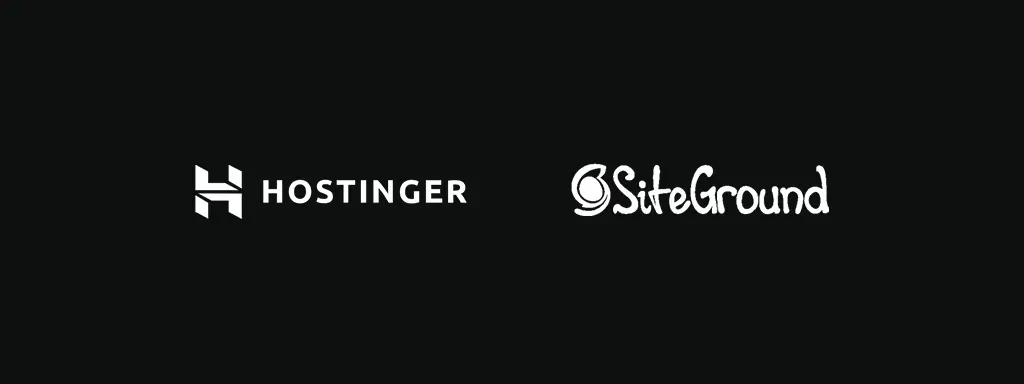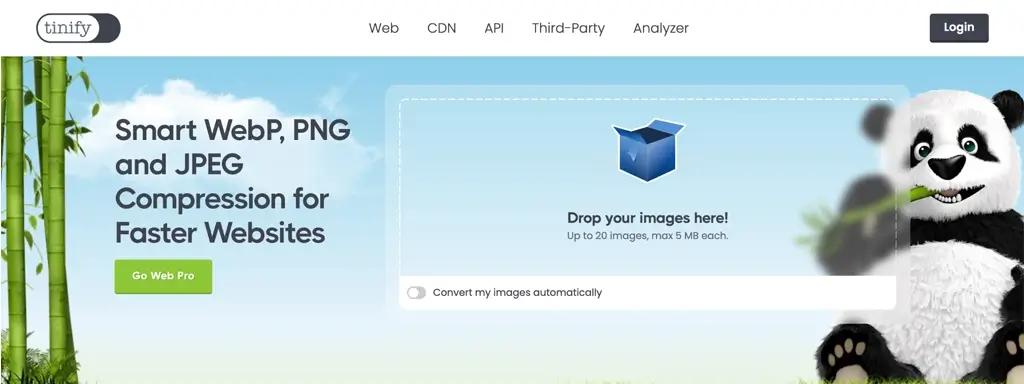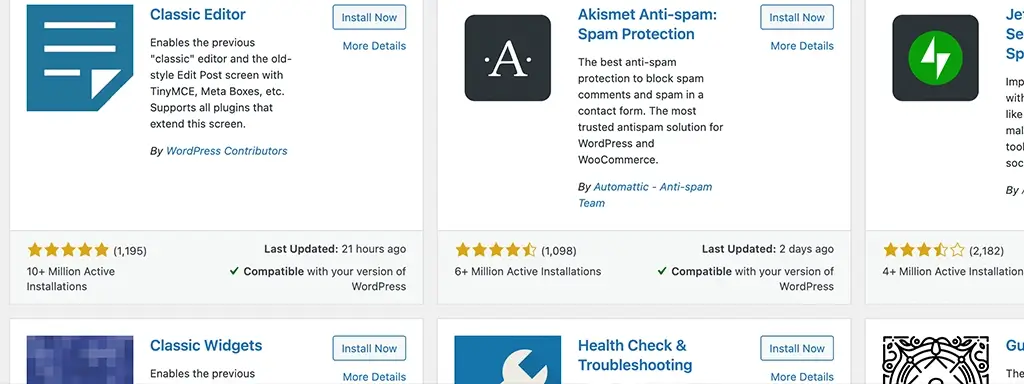
If your WordPress site is too slow, it’s frustrating for you—and your users. Luckily, there are tried-and-true ways to speed things up without a major overhaul. A faster site improves user experience, boosts SEO, and can lead to more conversions. Here’s a step-by-step guide to make your WordPress site lightning fast.

The first and most impactful step is choosing a reliable hosting provider. Shared hosting can be budget-friendly, but it often results in slow load times due to shared resources. For improved performance, go with high-quality hosts like Hostinger or SiteGround. These providers offer optimized WordPress hosting and can make a huge difference in site speed.
Tip: Look for hosts with SSD storage, advanced caching, and optimized servers for WordPress. Some hosts even offer free SSL, staging environments, and CDN integrations.

Caching is essential for reducing load times. By storing copies of your site’s content, caching plugins serve those copies to users, reducing the time it takes to load pages. LiteSpeed Cache and WP Rocket are excellent caching plugins for WordPress.
Pro tip: Some web hosts offer built-in caching solutions, but having a separate plugin like LiteSpeed Cache allows more control and optimization options.

A CDN distributes your website’s static files—like images, CSS, and JavaScript—across multiple servers worldwide. When a user visits your site, the CDN delivers content from the server closest to them, drastically improving load times. Cloudflare is a popular CDN option with a free plan for basic use.
Why it matters: CDNs reduce latency and prevent bottlenecks, so visitors from different locations experience similar load times.

Large, unoptimized images can significantly slow down your site. Compress images using plugins like TinyPNG or Smush to reduce file sizes without losing quality. Many of these plugins allow bulk optimization, so you can compress all images on your site with a few clicks.
Extra tip: Use the WebP image format whenever possible. WebP images are smaller and load faster than standard JPEG or PNG files.

Migrating your site to HTTPS doesn’t just add a security layer; it also enables HTTP/2, a newer protocol that loads multiple resources at once, enhancing load times. Most hosts offer free SSL certificates via Let’s Encrypt, making it easier to migrate.
Important: Google prioritizes HTTPS sites in its rankings, so this upgrade can also help with SEO.

PHP is the backbone of WordPress, and newer PHP versions are faster and more secure. Check with your hosting provider or use a plugin like PHP Compatibility Checker to determine if your site is ready for the latest PHP version. Most WordPress themes and plugins work best with PHP 8.0 or higher.
Tip: Always back up your site before updating PHP, as some older themes or plugins may need updates to remain compatible.

Each plugin you add introduces new code and can slow down your site. Aim to keep your plugins to a minimum—ideally no more than 20. Deactivate or delete plugins you don’t need and replace heavy plugins with more efficient options. For example, Rank Math can substitute for several plugins like Yoast SEO, Redirection, and Broken Link Checker, consolidating functions without compromising speed.
Efficiency tip: Regularly review and update your plugins to keep everything running smoothly. Look for plugins with good reviews and recent updates, as they’re likely better optimized and more secure.
Each of these steps can make a meaningful impact on your WordPress site’s speed, giving your users a better experience and helping your site rank better on search engines. If you need assistance with any of these steps, feel free to reach out to us for a free consultation!